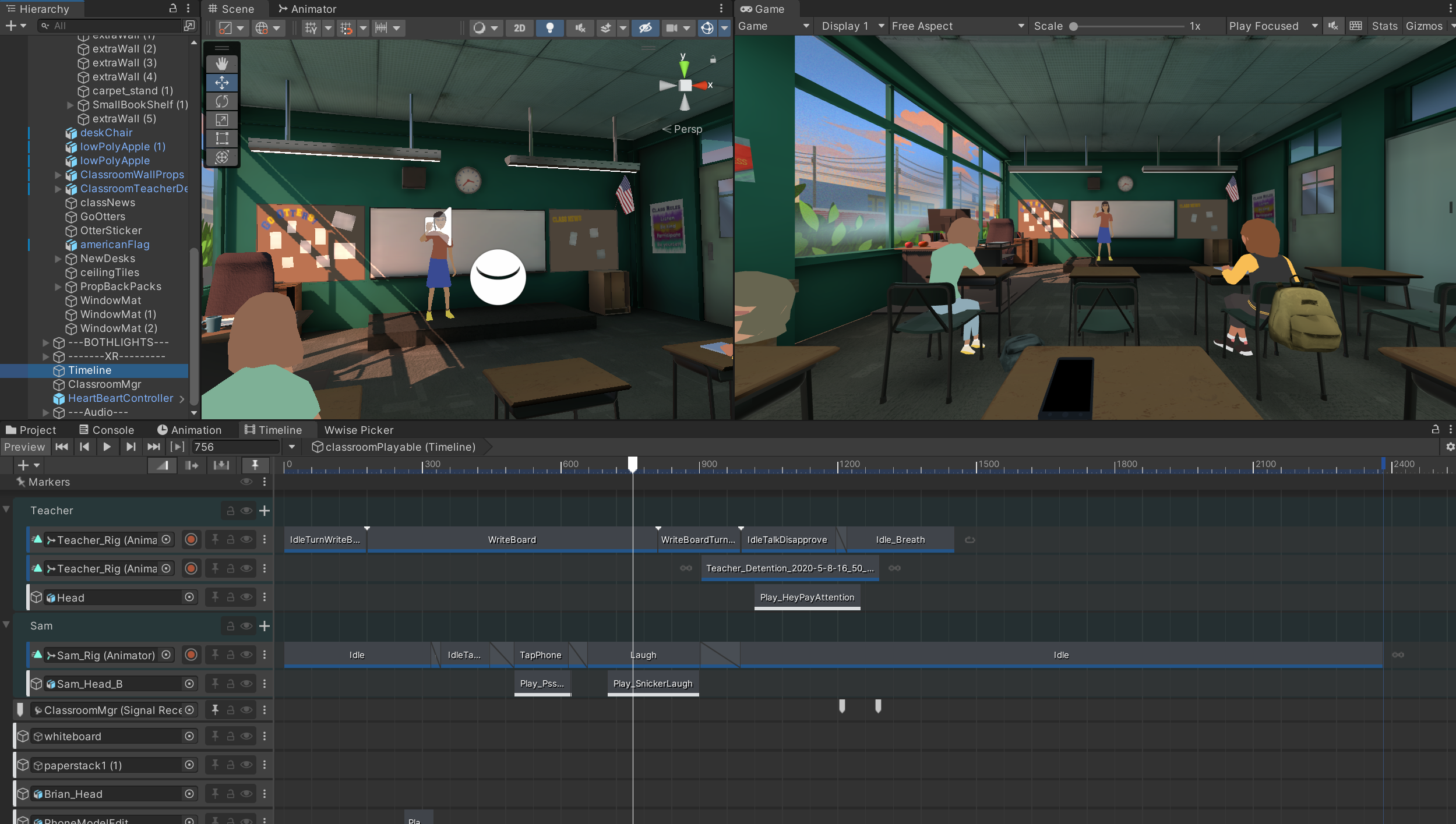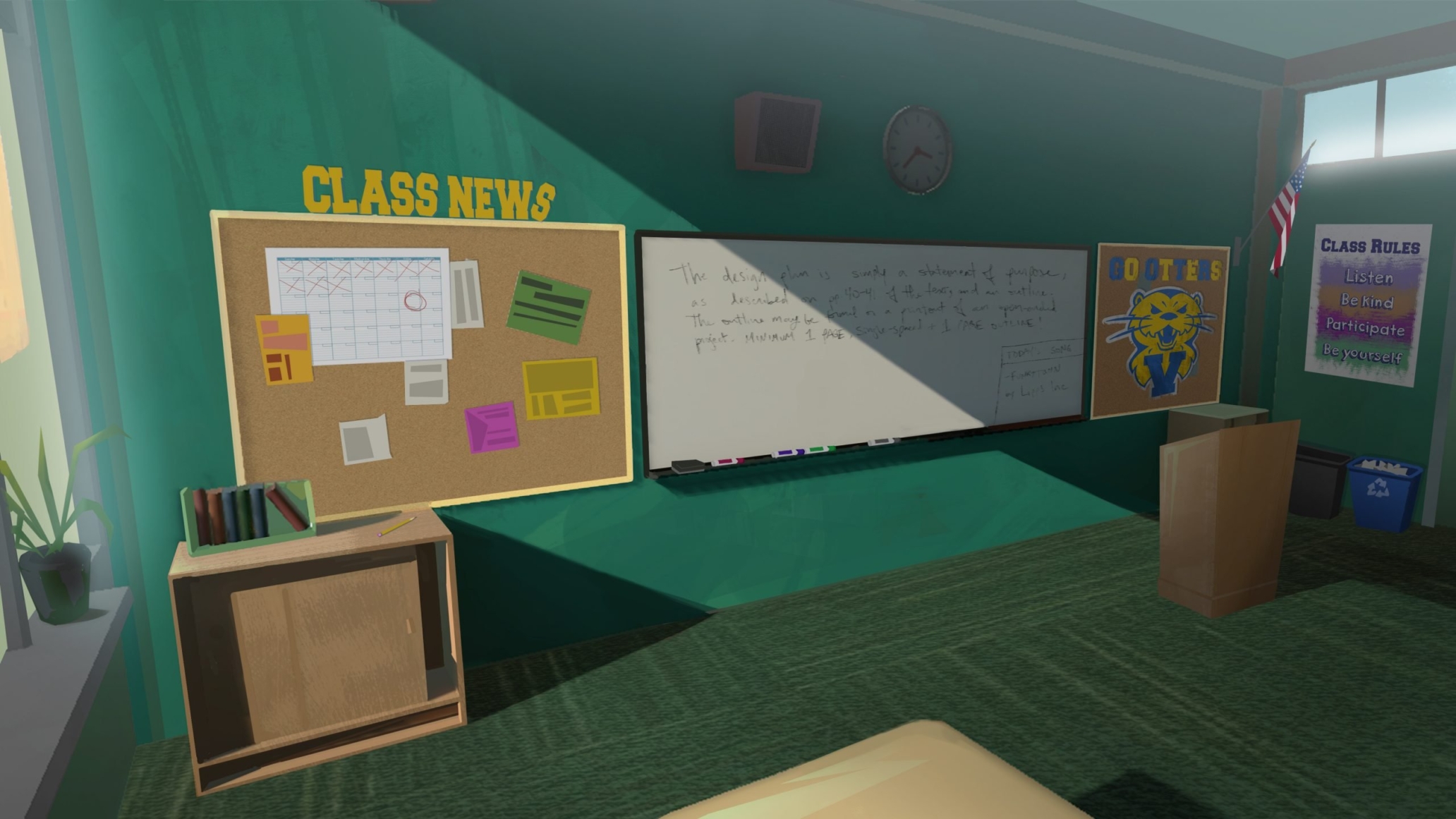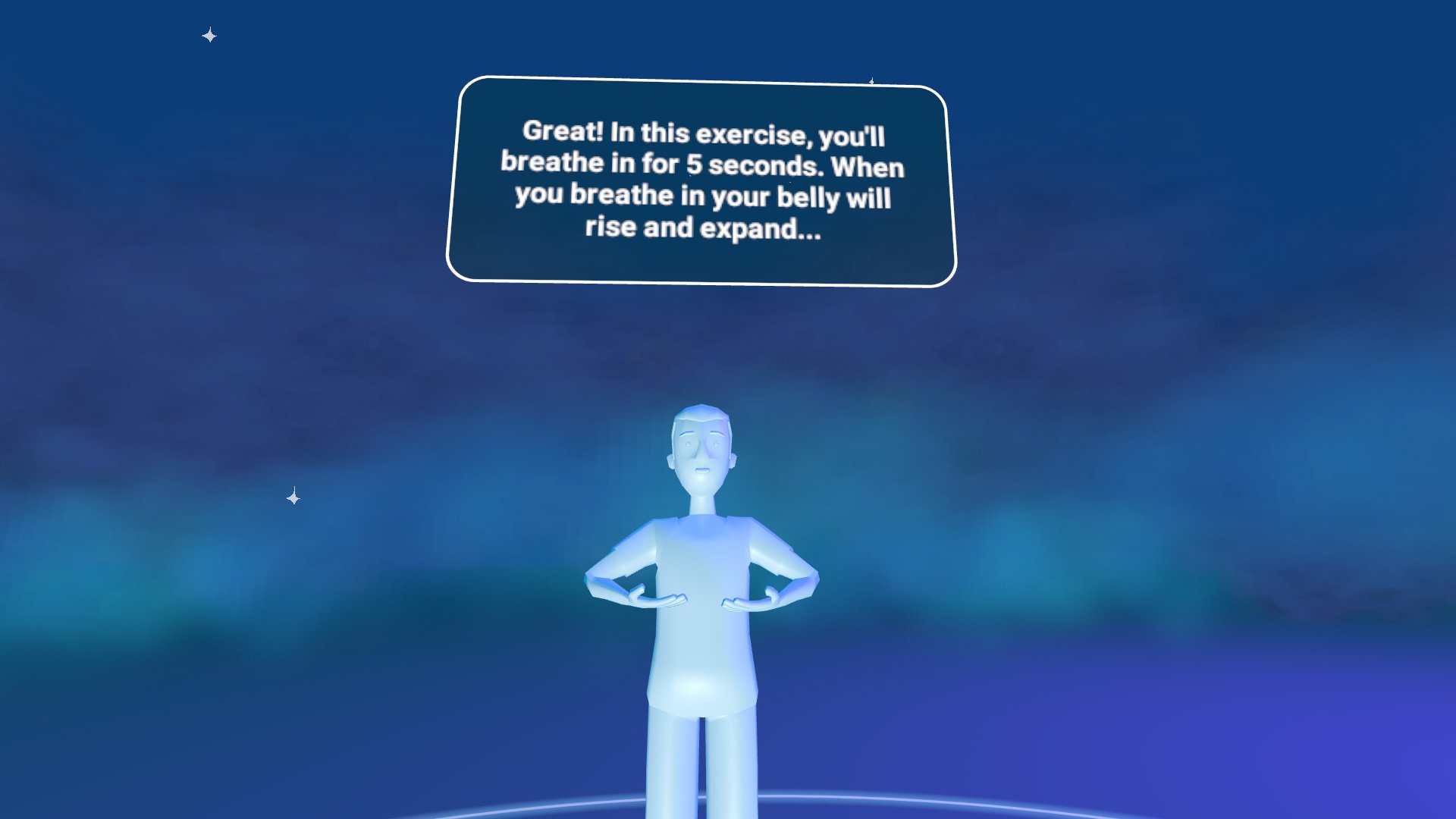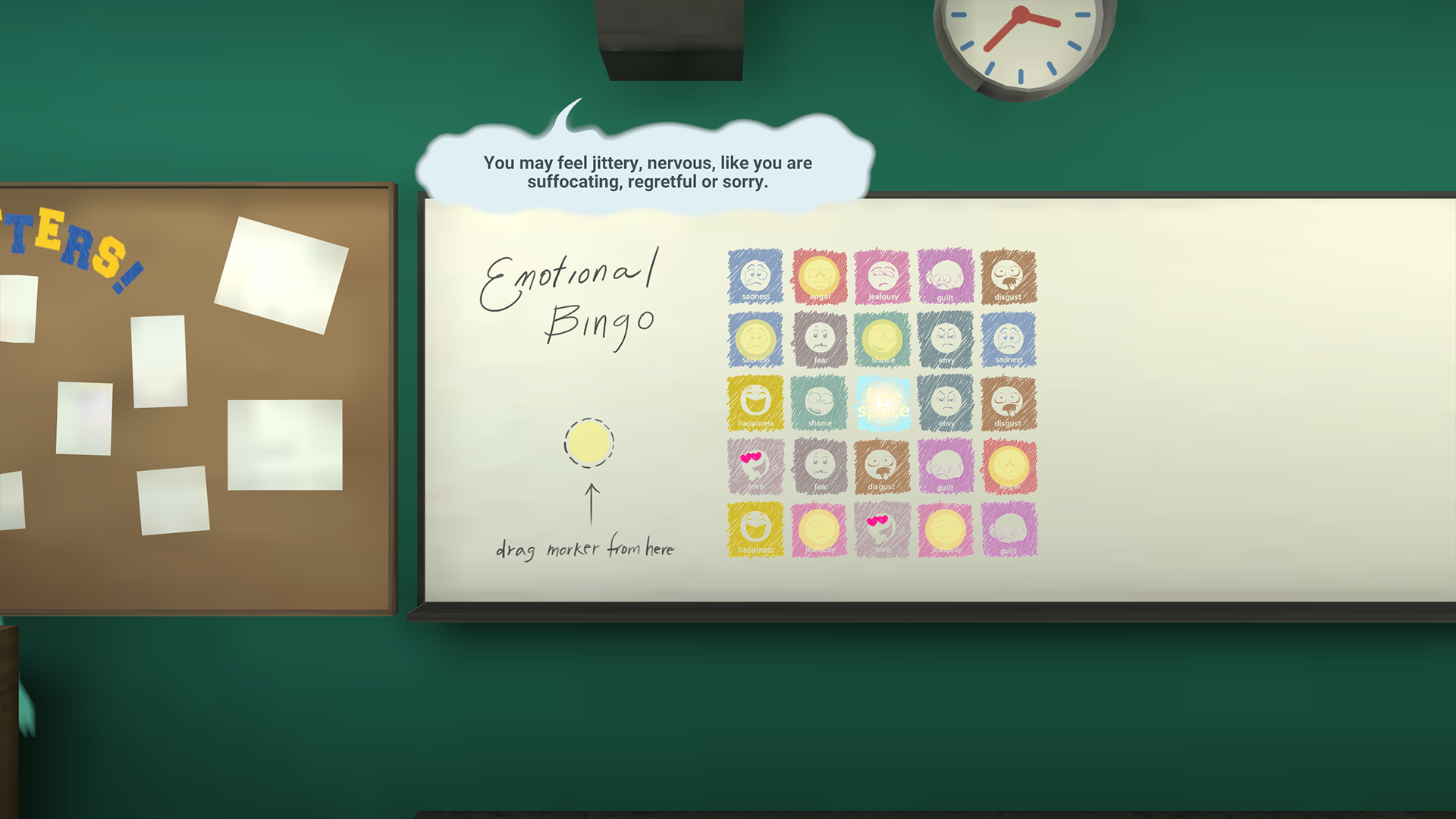With the explosion of different social media platforms, teens today are only at higher risks of experiencing cyber bullying. To help tackle this issue, Brain Spice Labs partnered with Virginia Commonwealth University to design and build an interactive VR intervention for high school teens.

Objective
To design and build an interactive VR intervention addressing the rising issue of cyberbullying among high school teens, with a focus on providing effective mindfulness and awareness exercises. How do we effectively teach exercises that in real life are performed entirely within your own mind?
Design
Conceptualization:
Recognizing cyberbullying as the central threat, the project began by identifying the core issue. To address it effectively, a collaborative effort was undertaken with psychologists and educators. This team effort resulted in the creation of mindfulness exercises specifically tailored to the target audience. The project took an innovative approach by framing them as a gamified experience to make these exercises engaging. This gamification experience took the form of a fictional social media app called Snapsta.
Experience Design:
• Created a narrative where players experience cyberbullying throughout a school day on Snapsta.
• Introduced three mindfulness and awareness exercises seamlessly within the gameplay.
• Focused on engagement and interactivity to ensure users remain invested in the experience.
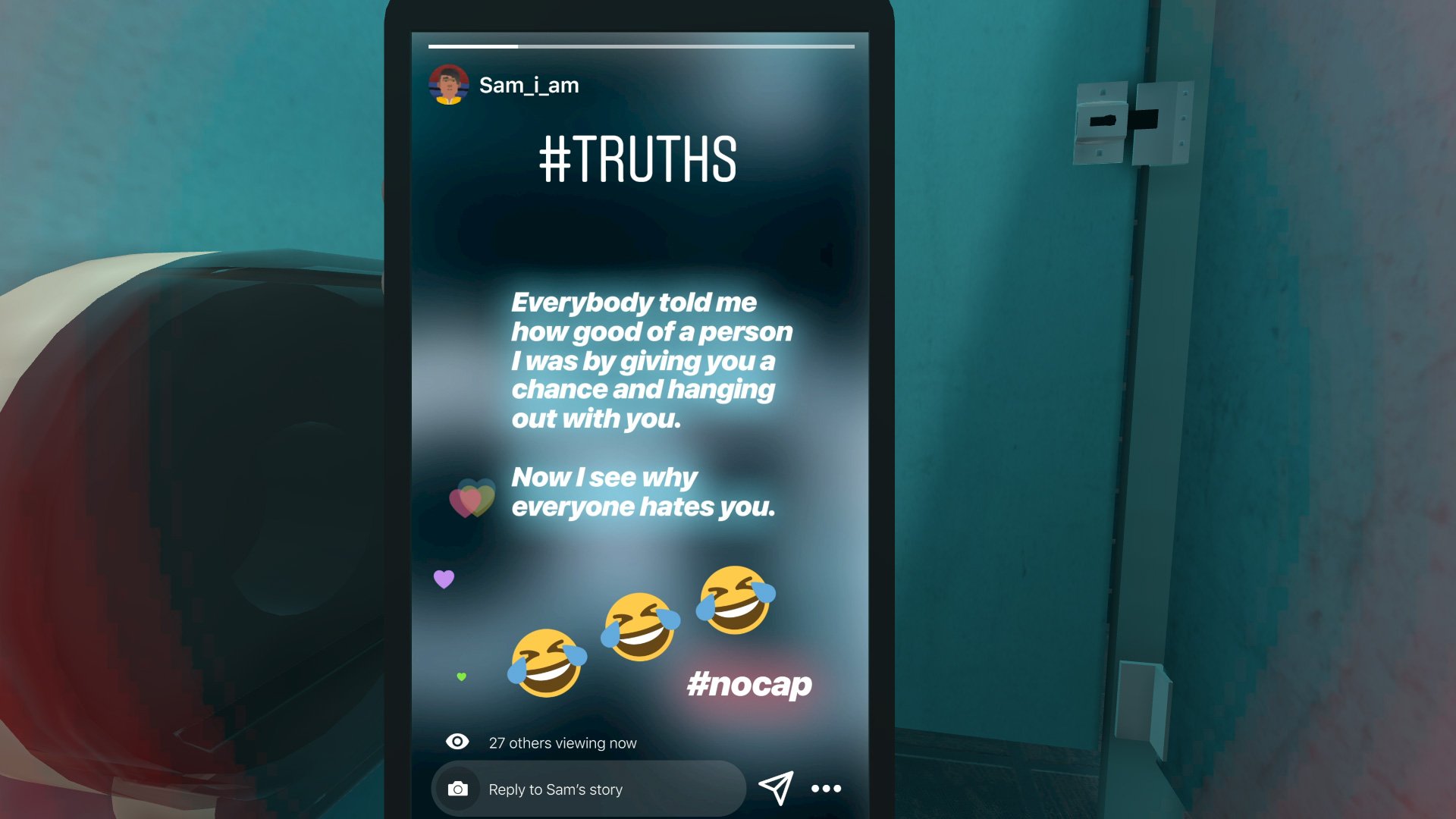
The “Headspace”:
• Addressed the challenge of teaching internal exercises by introducing the concept of “Headspace.”
• In the virtual “Headspace,” emotions were personified as EmotoBlobs, serving as both gameplay elements and emotional instructors.
• This transformative space allowed users to visualize and interact with their emotions, facilitating a better understanding of mindfulness practices.
User Testing:
• Conducted extensive user testing with high school teens to gather feedback on the intervention’s effectiveness.
• Iteratively refined the design based on user insights, ensuring the exercises resonated with the target audience.
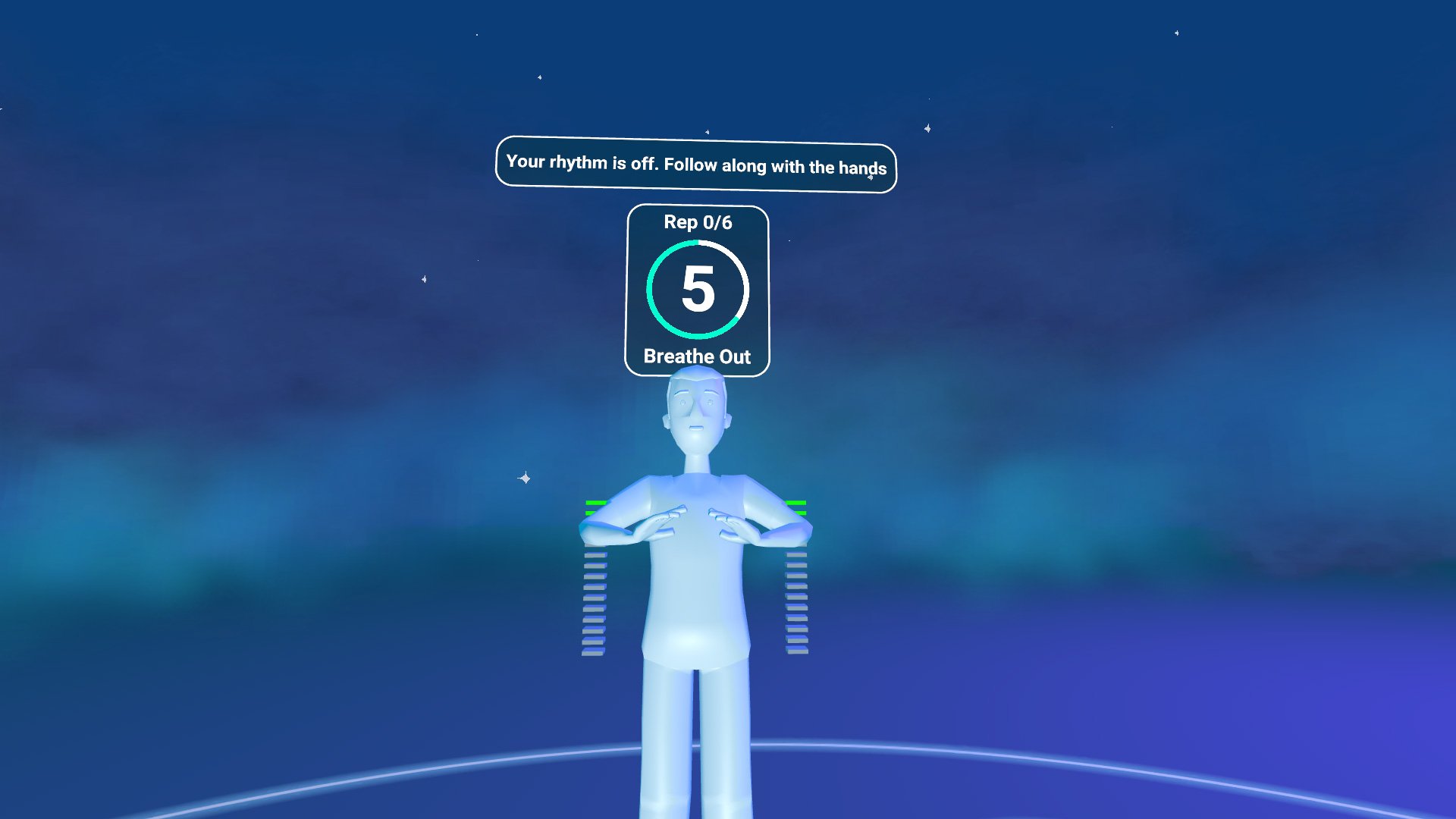
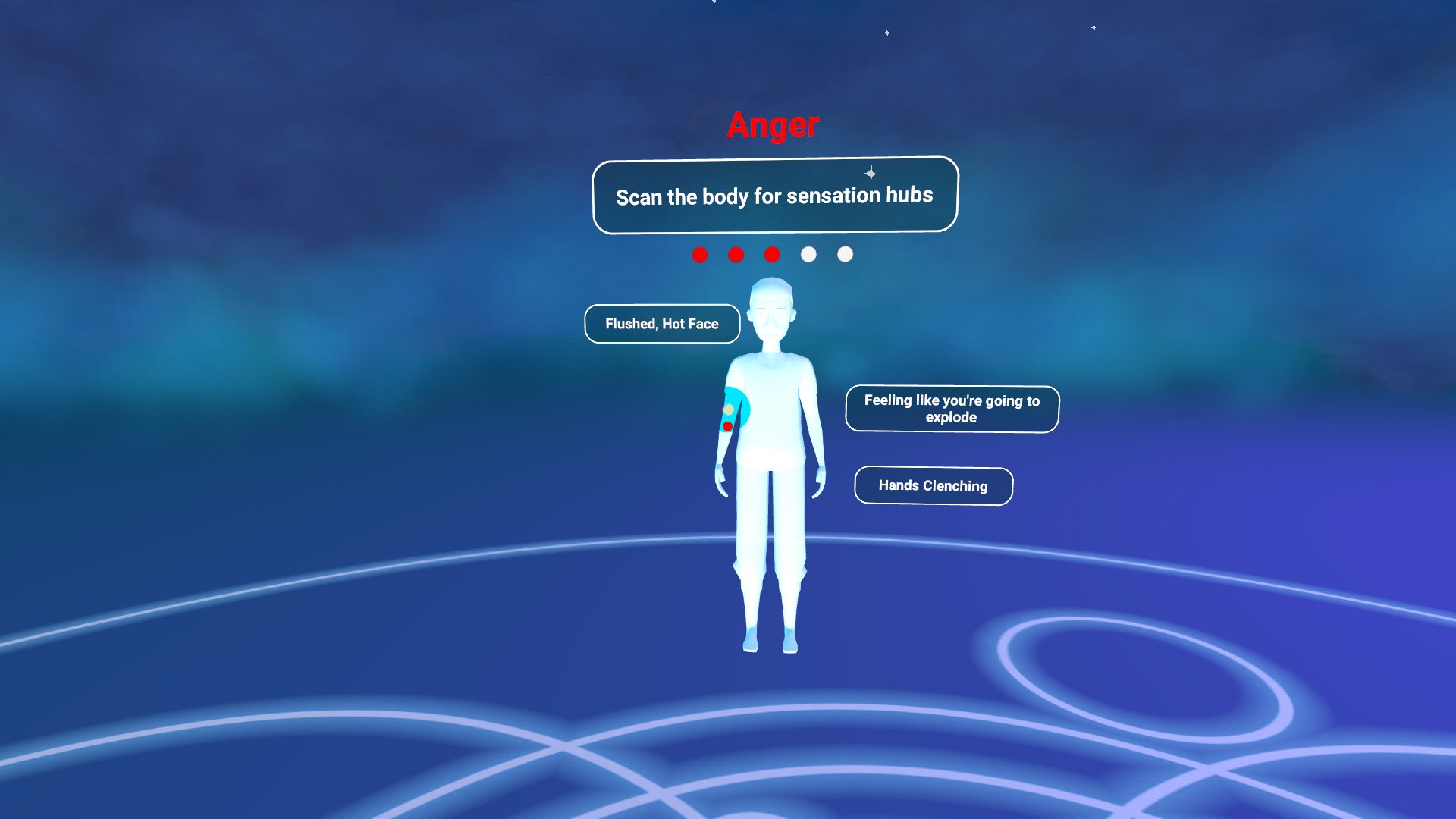
Development
In order to bring our innovative VR intervention to life, we leveraged the powerful capabilities of Unity3D. Unity3D played a pivotal role in crafting an immersive and seamless experience for users on the Oculus Quest. The flexibility of the engine and Unity3D’s Timeline package allowed us to iterate rapidly and make dynamic adjustments based on user testing feedback, ensuring that the experience met the specific needs and expectations of our target audience. Additionally, Unity3D’s support for real-time collaboration streamlined our development process, enabling our interdisciplinary team to work efficiently and iterate rapidly.
One significant challenge involved achieving a balance between maintaining visual fidelity and ensuring a smooth performance on the Oculus Quest 1. This required a meticulous approach to asset optimization, texture compression, and shader simplification without compromising the immersive quality of the experience. I worked with Unity3D’s performance profiling tools to identify and address bottlenecks, optimizing every aspect of the VR app to meet the stringent performance requirements of the Oculus Quest 1.
Results
The VR intervention successfully provided a creative and engaging solution to the challenge of teaching mindfulness exercises in a virtual environment. The incorporation of the “Headspace” concept with EmotoBlobs as emotional guides proved effective in making the learning experience immersive and impactful. The positive reception from the pilot encourages further development and implementation of educational interventions leveraging virtual reality technology to address societal challenges.
